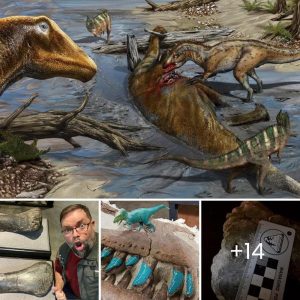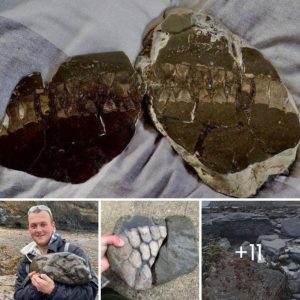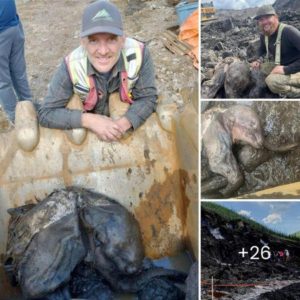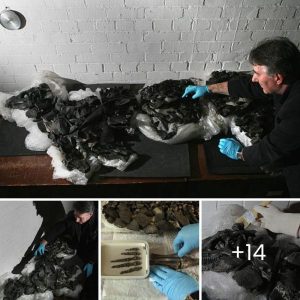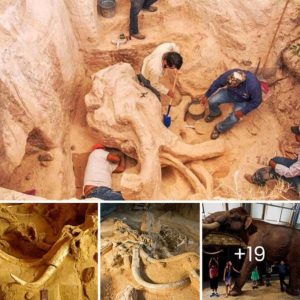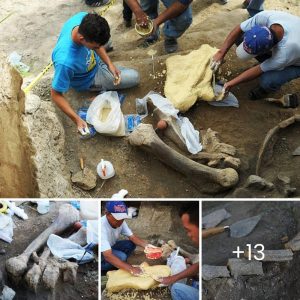Over 1,000 years ago, on a barren Peruvian hillside, archaeologists uncovered a trove of well-preserved mummified skeletons, including that of a pre-Inca baby.
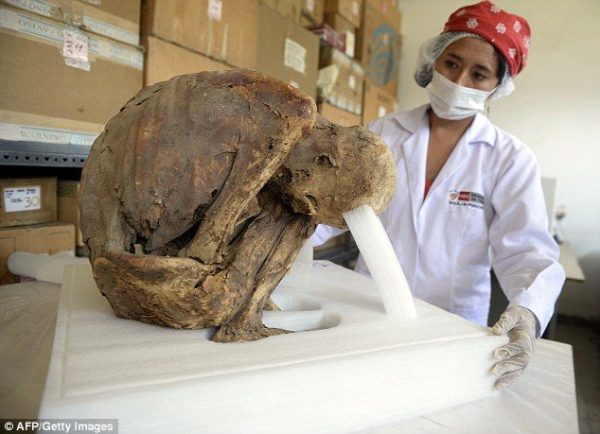
This discovery, part of an archaeological project initiated by the government preceding the construction of a new road near Lima, sheds light on the ancient burial practices in the region.
The archaeologists, just three days into their project, stumbled upon a cemetery boasting more than 40 mummy bundles, a number that continued to grow daily.
Guillermo Cock, a Lima-based archaeologist, expressed surprise at the remarkable preservation of the site, considering its proximity to the city and the historical prevalence of looting. Despite minimal human interference, only a few bundles suffered damage.
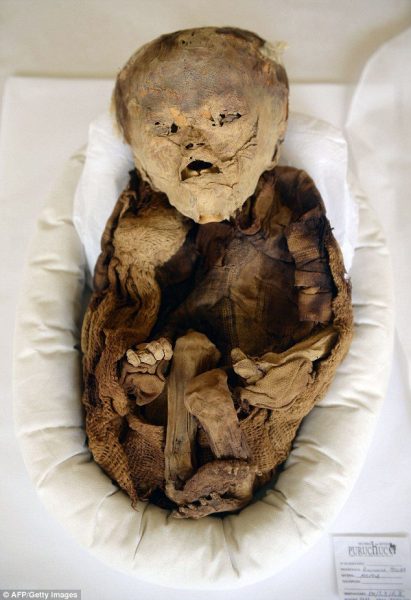
The team identified approximately 26 tombs containing both adult and child remains. The newfound site is in close proximity to Puruchuco-Huaquerones, recognized as the largest Inca cemetery ever excavated.
Despite six decades of research, only 10% of this historic site has been explored, yielding around 2,000 mummies, ceramics, and numerous artifacts made of silver, copper, and gold.
The mummified skeleton of the pre-Inca baby, along with other discoveries, has been relocated to a site museum as the local government proceeds with the construction of the new highway.
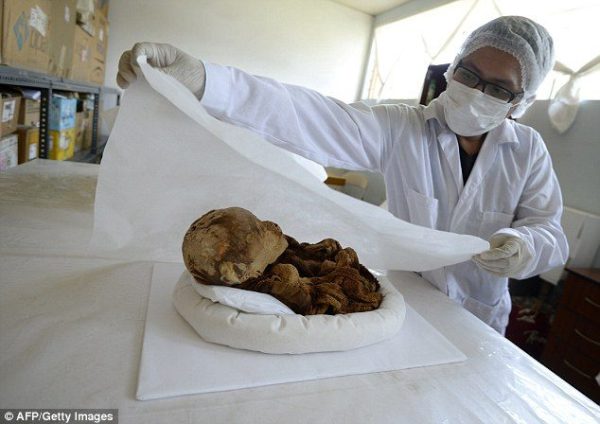
Archaeologists meticulously examine these well-preserved remains, contributing to the growing body of knowledge about ancient Peruvian burial customs.
In recent years, Peru has been a hotspot for archaeological finds, with thousands of mummies unearthed. Among the most famous discoveries is “Juanita the Ice Maiden,” a girl preserved in ice on a mountain.
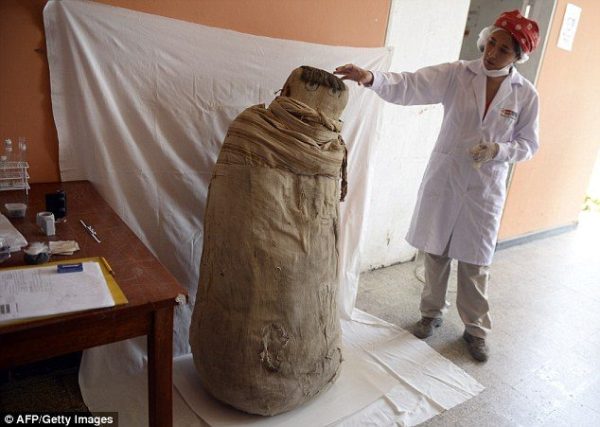
The site near Lima continues to yield historic treasures, including silver ceremonial masks, cotton and wool shoulder bags with silver applications, and various ceramics, providing valuable insights into the rich cultural tapestry of the region.
